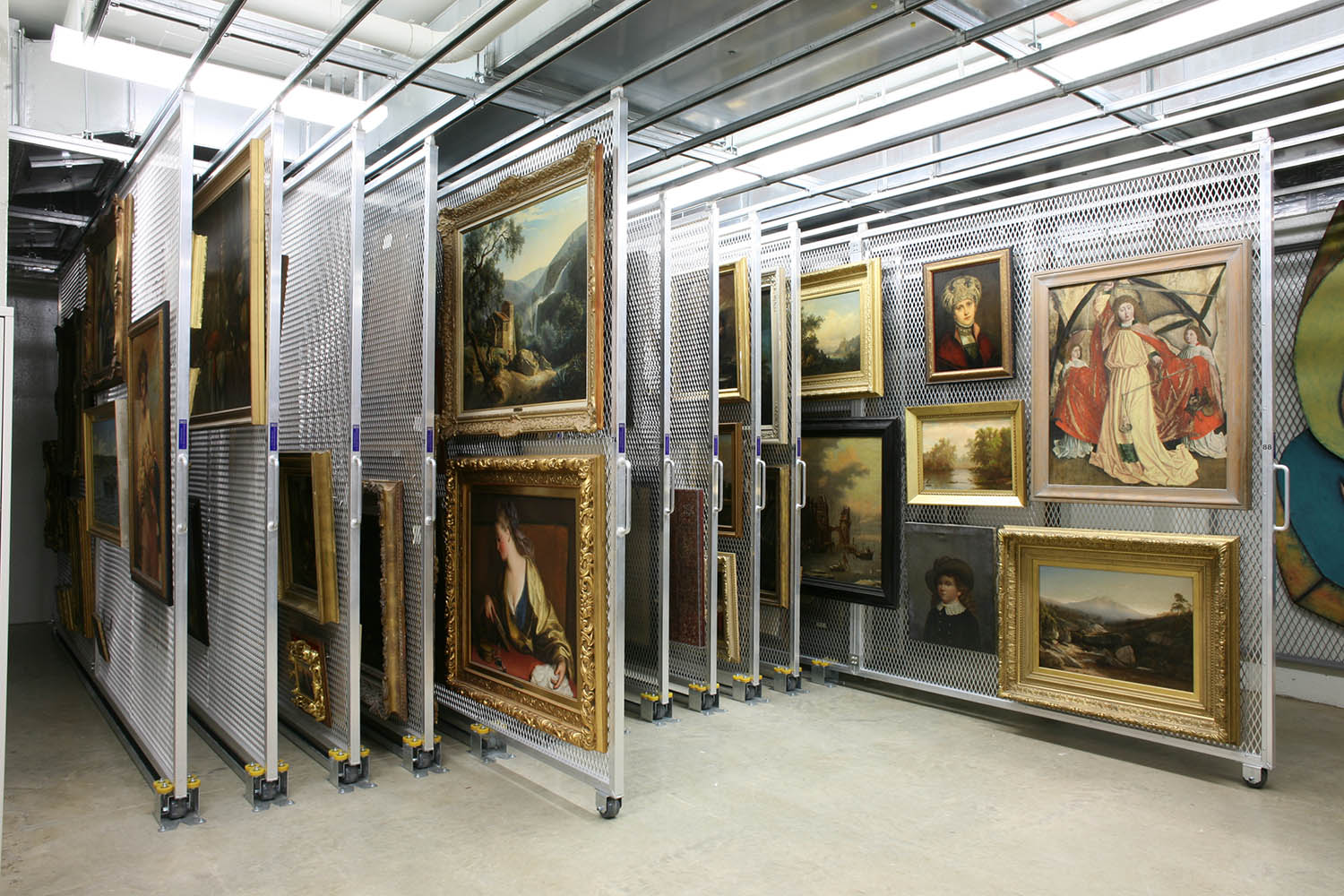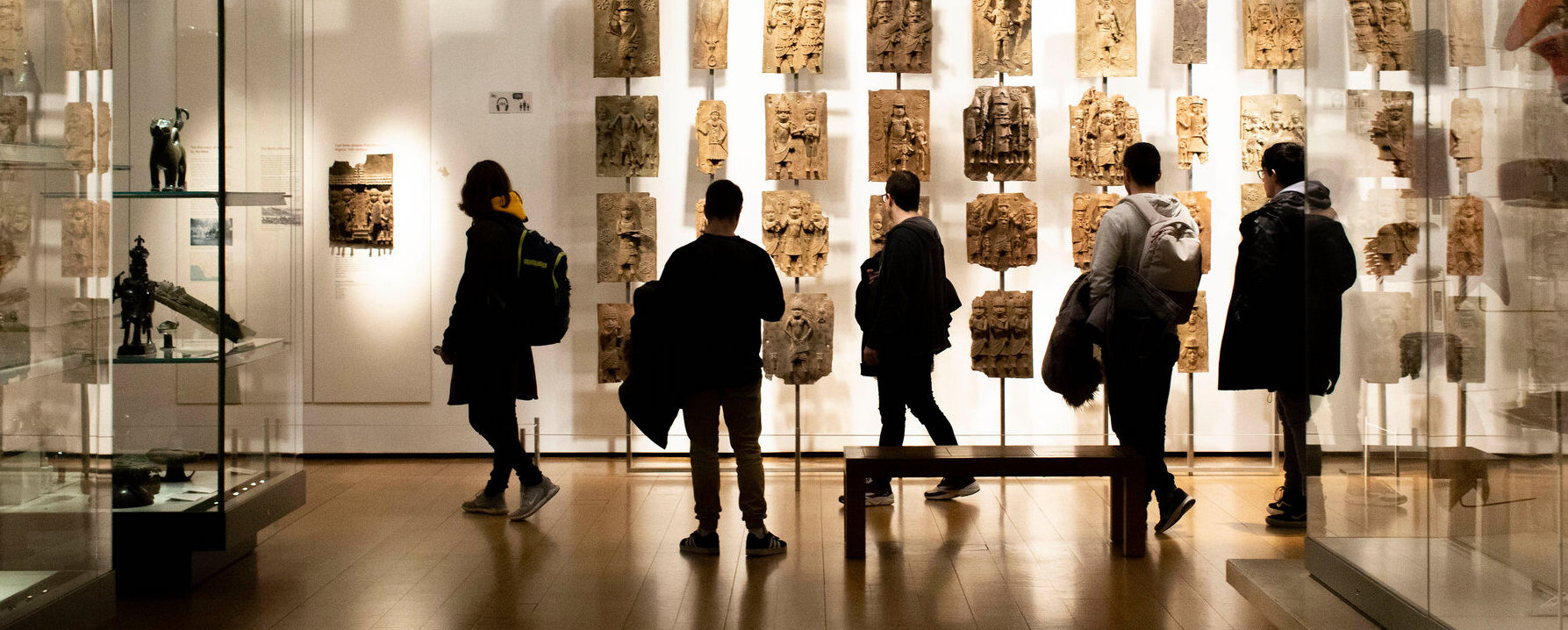
In pursuing your topic, it is important to rely on scholarly sources such as peer-reviewed journals, books published by academic presses, and museum exhibition catalogues. I am aware that this may be the first attempt at writing research paper for some students, and that students in our class come from diverse backgrounds and disciplines and may be new to art historical research. Keeping this in mind, one of the purposes of this assignment is to allow you to learn research skills that can be applied to other disciplines.
Guidelines for Research in Art History
Critical research: Keep in mind that all scholarly sources should be taken as imperfect documents that reflect their authors’ particular biases and concerns, strengths and limitations. You can reference other scholars while also disagreeing with or developing their arguments further for your own purposes. Engage critically with all sources in order to gather information and identify useful ideas, while also considering how your work might contribute to existing literature in the field.
You can use journals, newspapers or books; if using a website, only use sites with verified information (like official museum websites).
Books:
If your access to physical libraries for books is limited due to COVID, you can look the Brooklyn College Library and other CUNY campuses for online electronic books on your topic. You can also place a request through interlibrary loan (ILL) using the CUNY library website, and the librarians can scan and send you PDFs of specific book chapters.
Catalogues:
In addition to books with information on the work selected, artist, period, culture, medium and subject of the work, you can look up a particular type of publication very important for the study of art history—catalogues of exhibitions, collections, or complete works (or paintings, drawings, prints) of an individual artist, known as catalogues raisonnés. If basic information on a particular art work is not found on the website of the repository, it might be published in the collection catalogues of the museum. Exhibition catalogues and catalogues raisonnés are often the best sources of information about a given work, providing detailed discussion as well as a bibliography.
Databases for journal articles:
Oxford Art Online is one of the best reference tools in art history with extensive articles written by experts in the field. In addition to articles on individual artists, students can look up particular topics in art forms (e.g., ceramics, mosaics, or photography), geography, styles and cultures, and time periods. The bibliography at the end of each article is particularly useful in guiding students towards other material on the topic.
Even though it extends well beyond the fine arts and indexes only a limited number of art periodicals, JSTOR covers the most important journals in art history, including the official publications of the College Art Association and many leading museums. Therefore, citations in JSTOR tend to be substantial, scholarly articles excellent for research purposes.
Museum websites:
Most museum websites have their collections available online, with texts on significant artworks and artists. You can find a list of NYC museums in the “Resources” section of this site, but can browse museum collections beyond NYC for your research.
The Heilbrunn Timeline of Art History created by the Metropolitan Museum is an excellent resource with essays on different periods and regions, accompanied by examples of artworks from their collection.


